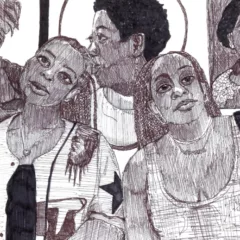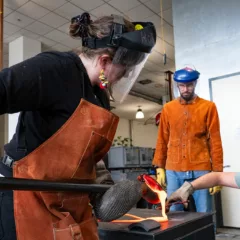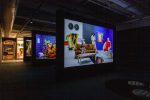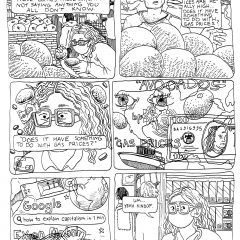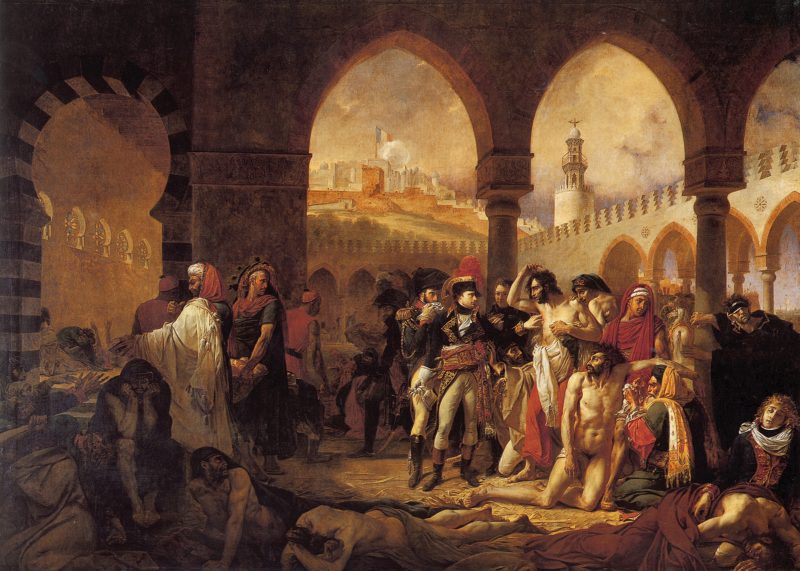
There’s nothing new about rulers who would exploit epidemics to reinforce their own power. Napoleon commissioned this painting from Antoine-Jean Gros and it was put on public view in 1804, between his proclaiming himself Emperor and his coronation. The more than 17 by 23 foot work of visual propaganda depicts Napoleon at Jaffa, visiting the French troops who had been stricken with the bubonic plague following the French rout of Ottoman forces in Syria.
British reports alleged that Napoleon had issued orders for the sick troops to be given fatal doses of opium as mercy-killing during his retreat. Instead the painting shows his beneficence and bravery: the general touches the side of one of the sick soldiers – meant to evoke imagery of kings who could heal with their touch as well as Christ healing the sick. The officer to his right attempts to stop him from touching the sick man while the officer to his left covers his nose with a handkerchief to avoid the stench of rotting flesh and possible infection. The source of bubonic plague which had caused the deadliest pandemic in history, the 14th century Black Death, was only established in 1898.
For more on “Art Following Edidemics,” check out “Il Redentore, a post-plague church in Venice“


